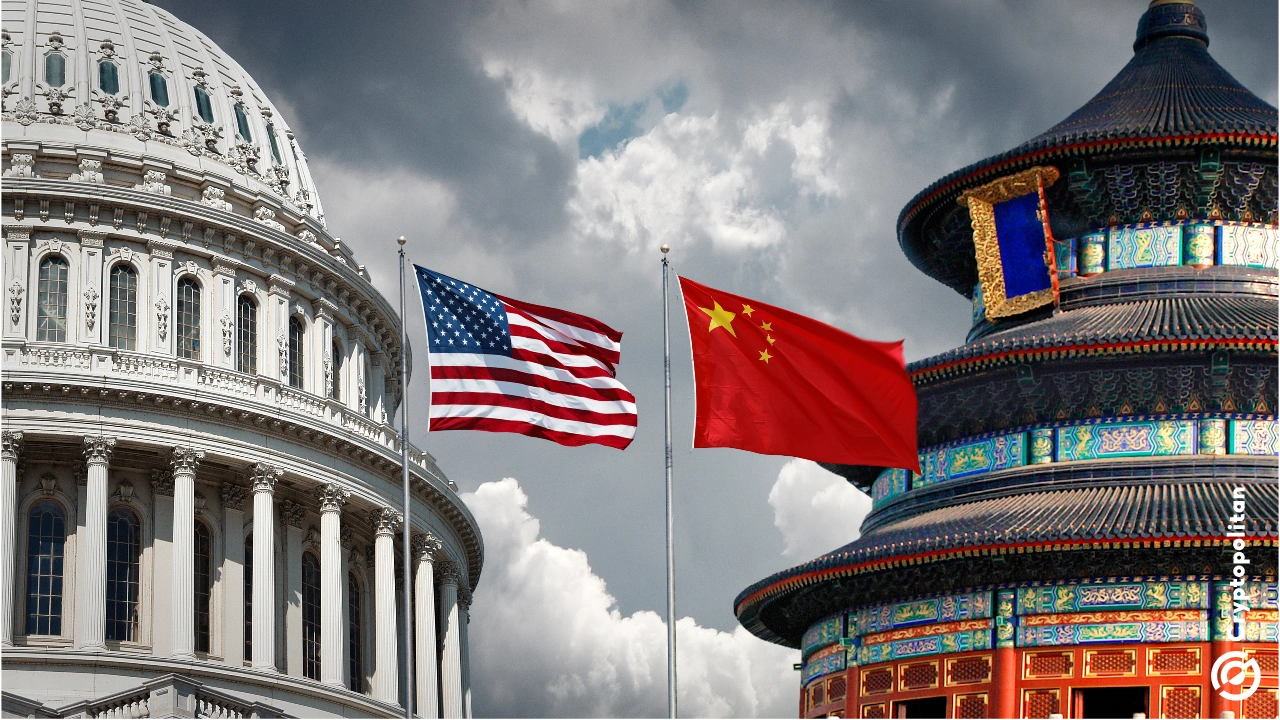Japan’s Nikkei 225 surged 5.31% on Tuesday, leading a broad rebound in Asia-Pacific markets after steep losses in the previous session. The Topix also jumped 5.65% following previous concerns over the U.S. President Donald Trump’s tariff policy and threats of higher levies against China.
Markets across the region largely recovered from Monday’s slump. Australia’s S&P/ASX 200 added 1.92%, while South Korea’s Kospi rose 0.34% and the small-cap Kosdaq gained 0.96%.
Hong Kong’s Hang Seng Index climbed 1.58%, and its Hang Seng Tech Index soared 3.57%. This happened after the Hang Seng Index dropped over 13% earlier, its biggest single day decline since 1997.
Some markets are experiencing the heat of the trade wars
Investors kept a close watch on Trump’s latest move. On Monday, he threatened additional 50% tariffs on China if Beijing did not remove its own duties on U.S. imports. Trump stuck to his global tariffs strategy over the weekend. Officials indicated the “reciprocal” tariffs would start on April 9, adding to the uncertainty.
Elsewhere in the region, Indonesia’s Jakarta Composite slid over 7.63% after trading restarted when a circuit breaker was lifted.
Vietnam’s benchmark index fell 5.6% as it resumed trade following a holiday, and Thailand’s SET tumbled over 5% to its lowest point since March 2020, according to LSEG data.
U.S. stock futures pointed higher, offering some relief after the S&P 500 logged its third straight day of losses. Futures linked to the S&P 500 climbed about 1%, while Nasdaq-100 futures rose 1.1%. Dow Jones Industrial Average futures jumped 476 points, or 1.2%.
Wall Street showed mixed sentiments overnight. The Dow Jones Industrial Average dropped 0.91% to 37,965.60, extending its losing streak following Trump’s tariff rollout. The S&P 500 dipped 0.23% to 5,062.25. On the other hand, the Nasdaq Composite edged up 0.10% to close at 15,603.26.
China’s yuan fall to its lowest point since 2023
China’s yuan fell to its lowest level since 2023 on Tuesday after the central bank loosened its hold on the currency to address mounting pressure from a deepening global trade conflict.
The onshore yuan slipped to a low of 7.34 against the dollar in early trading, marking its weakest point since September 11, 2023. Both onshore and offshore yuan have dropped by about 1% against the dollar this month.
Traders have been watching to see when the bank would let the midpoint break the 7.2 threshold, as this could lead to a further decline to around 7.35 per dollar. That figure has not been seen since 2023 and stands among the weakest since the 2008 global financial crisis.
Signs of escalation in the trade dispute between China and the United States continued to weigh on the currency. U.S. President Donald Trump threatened additional 50% tariffs on China after both countries imposed duties on each other’s goods last week. China responded by saying that it would “fight to the end.”
Cryptopolitan Academy: Tired of market swings? Learn how DeFi can help you build steady passive income. Register Now
















No comments yet